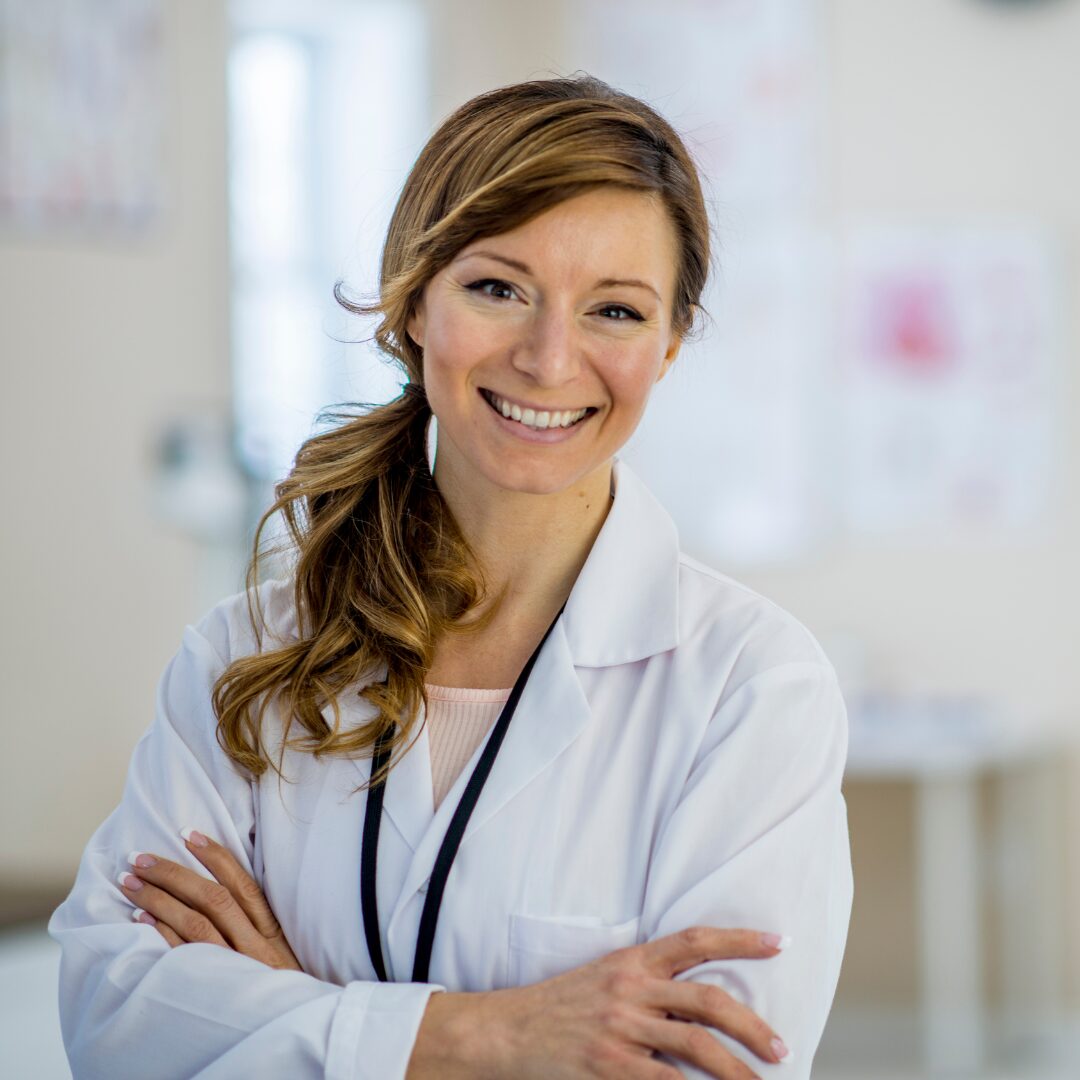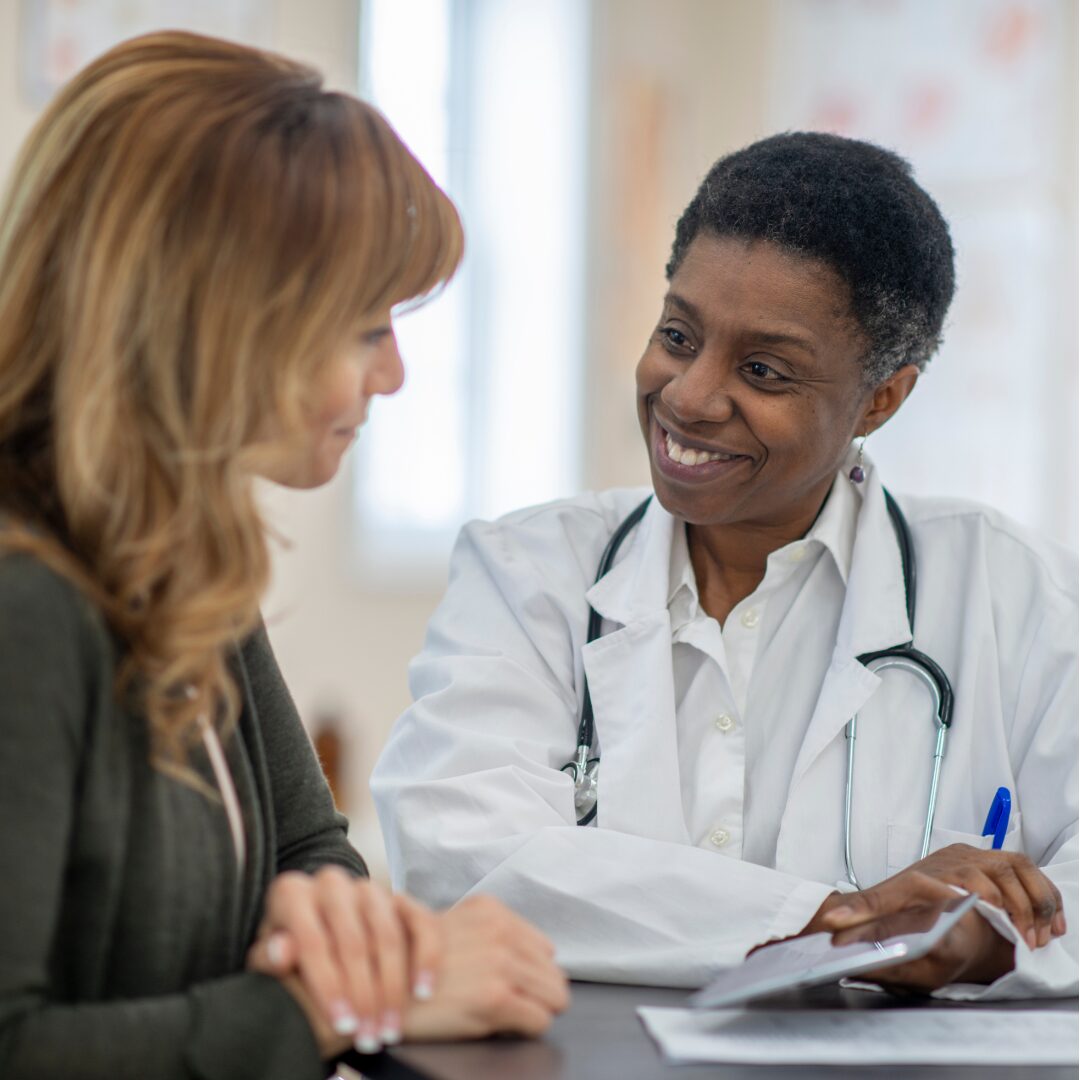A Quick Overview: Reproductive Care in Your 30’s
Just like a butterfly’s needs change through its life cycle, reproductive care evolves as you enter your 30’s. As you enter your 30’s, it’s crucial to stay on top of the habits built in your 20’s. Keep up with your monthly self-breast exams and annual well-woman visits and take this decade to discuss your fertility and family planning with your healthcare provider. Expect updates in your screenings, such as HPV testing along with Pap smears for a fuller picture of your cervical health. If you notice any new symptoms, like changes in your period or fibroids, don’t hesitate to contact your doctor. Let’s explore these aspects to ensure you’re well-prepared for this important stage of life.
Build Upon the Reproductive Health Practices from Your 20’s
By age 30, you’ll be building on the reproductive health habits you established in your 20’s, while incorporating a few new considerations. In your 20’s you:
Began performing a self-breast exam once a month to detect early signs of breast cancer.
Regular checks at home can help you notice any changes in your breasts. If you find anything unusual, consult your healthcare provider, though most changes are not serious.
Started scheduling a well-woman exam once a year to focus on reproductive health.
This comprehensive check-up includes an examination of the vagina, cervix, uterus, and breasts, and often incorporates a breast exam and Pap smear. It’s also a good time to discuss fertility and other age-appropriate health topics with your doctor.
Booked a Pap smear every 3 years to screen for cervical cancer.
Pap smears screen the cervix for early signs of abnormal cells that could develop into cervical cancer if left untreated. From age 30, Pap smears include HPV testing to detect high-risk strains linked to cervical cancer, which we will discuss more below
Began scheduling STD testing as needed.
Include STD testing in your routine healthcare to detect infections early, even if you have no symptoms. Regular testing helps protect your health and that of your partners, preventing the spread of infections and supporting overall well-being.
Screening Updates: Combining HPV Testing with Pap Smears
You’ll notice that HPV testing becomes an important addition to your routine after age 30. Starting in your 30’s, HPV testing is often combined with Pap smears in a co-testing approach. While Pap smears check for abnormal cells on the cervix, HPV testing helps identify high-risk strains of HPV. Together, these tests offer a fuller picture of your cervical health and help manage any potential risks. For more details on HPV, explore our STD guide.

Obria Offers Low Cost Well Woman Exams and Pap Smears.
Take charge of your reproductive health today and book an appointment at an Obria Medical Clinic near you.
Fertility Decline in Your 30s: Why It’s Important to Reevaluate Family Planning
As you enter your 30’s, it’s natural to turn your attention to fertility and family planning with a fresh perspective. This decade often prompts many women to consider starting a family or revisiting their reproductive goals as female fertility begins to decline after your 20’s.
The Fertility Decline
By age 30, fertility begins to decrease and the decline speeds up as you approach your mid-30s, with natural conception becoming unlikely by age 45. From birth, you have a fixed number of eggs, which decreases over time.
While this is a normal part of aging, it’s important to stay calm and use this knowledge to consider your future family plans. If you’re thinking about starting a family, discussing your options and any concerns with your provider can help you make informed decisions that align with your goals.
Take Action: Get in Tune with Your Fertility & Your Body
Your 30’s are an ideal time to assess your overall reproductive health and explore factors such as ovulation, hormonal changes, and any lifestyle adjustments that may impact fertility. Whether you’re planning to start a family soon or in the years to come, having a clear understanding of family planning can help you make informed decisions.
Understand Fertility through Apps, Tools & Insights:
Understanding your fertility can be both empowering and insightful with modern tools. Apps like Clue, Flo, and Ovia allow you to track menstrual cycles, ovulation, and other key indicators, offering valuable insights into your reproductive health. Keeping a fertility journal or noting bodily changes can further deepen your understanding.
Infertility Evaluations: When to Consult a Health Practitioner
If you’re over 35 and haven’t conceived after 6 months of regular, unprotected sex, it’s a good idea to consult your obstetrician-gynecologist (ob-gyn) for an infertility evaluation. For those over 40, it’s advisable to seek an evaluation before attempting to get pregnant. This is particularly important if you have conditions that might impact fertility, like endometriosis.
Endometriosis & Uterine Fibroids
In your 30’s, it’s crucial to be aware of conditions like endometriosis and uterine fibroids, which can impact your reproductive health. Endometriosis occurs when tissue similar to the lining of the uterus grows outside it, leading to symptoms such as painful periods, heavy bleeding, and discomfort during sex. Uterine fibroids are non-cancerous growths in the uterus that can cause heavy menstrual bleeding, pelvic pain, and frequent urination. Both conditions can affect fertility and overall quality of life, making it important to discuss any unusual symptoms with your healthcare provider. Early diagnosis and management can help alleviate symptoms and address any potential impact on fertility.
If You’re at a High Risk for Breast Cancer, Consider Beginning Screening in Your 30’s
The American Cancer Society advises women at high risk for breast cancer to undergo both a breast MRI and a mammogram annually, usually beginning at age 30. For those who are not high risk, Breast Cancer screenings are recommended to begin at age 40.
You are considered high risk for Breast Cancer if:
– You have a lifetime breast cancer risk of 20% to 25% or higher, based primarily on family history (as assessed by risk evaluation tools)
– Carry a known BRCA1 or BRCA2 gene mutation, identified through genetic testing
– Have a first-degree relative (parent, sibling, or child) with a BRCA1 or BRCA2 mutation but have not undergone genetic testing themselves
– Received chest radiation therapy before age 30
– Have Li-Fraumeni syndrome, Cowden syndrome, or Bannayan-Riley-Ruvalcaba syndrome, or have first-degree relatives with one of these conditions
Want to learn more about reproductive health screenings in your 40’s? Explore our guide.

Summary
Entering your 30’s is a key time to prioritize your health. Stay consistent with monthly self-breast exams and annual well-woman visits, pap smears, and testing. Especially use this decade to have important discussions about fertility and family planning with your healthcare provider. Be prepared for updates in your screenings, like the addition of HPV testing to Pap smears, for a comprehensive view of your cervical health. If you notice any new symptoms, such as changes in your period or fibroids, reach out to your doctor.
You've got this and we've got you.
Book an appointment at an Obria Medical Clinic today!

